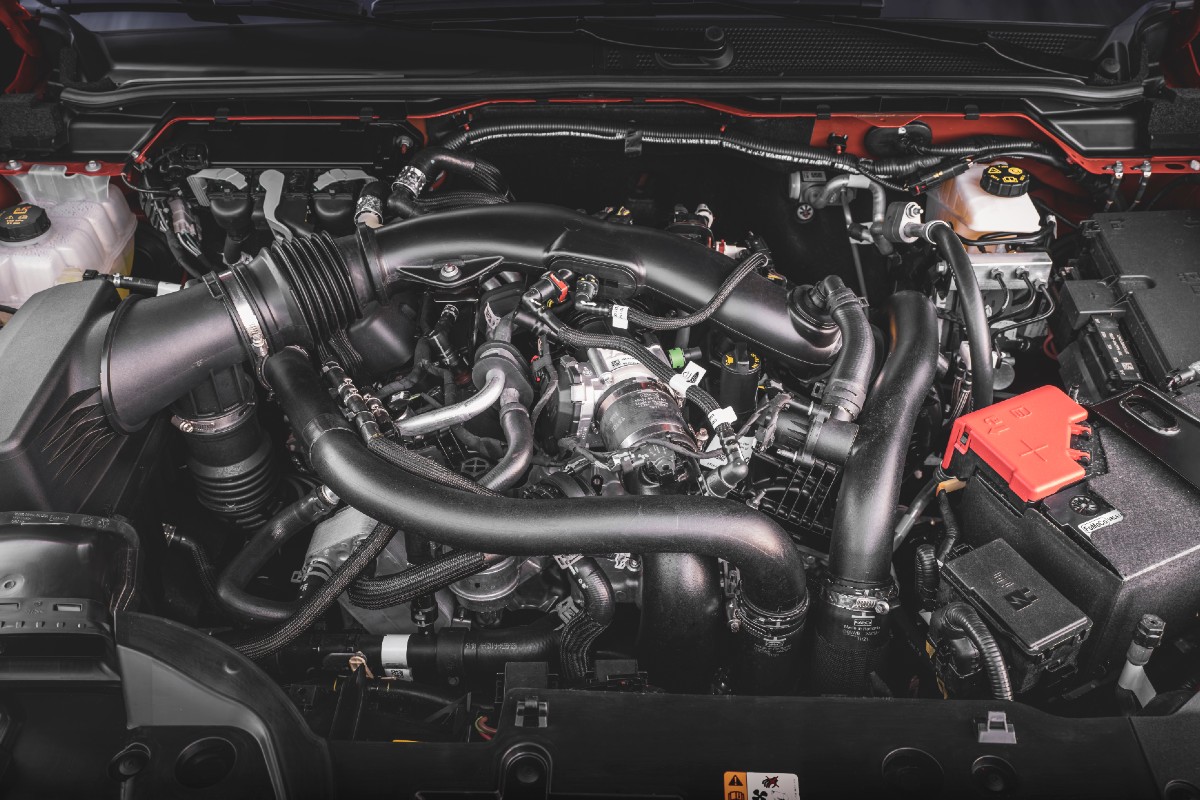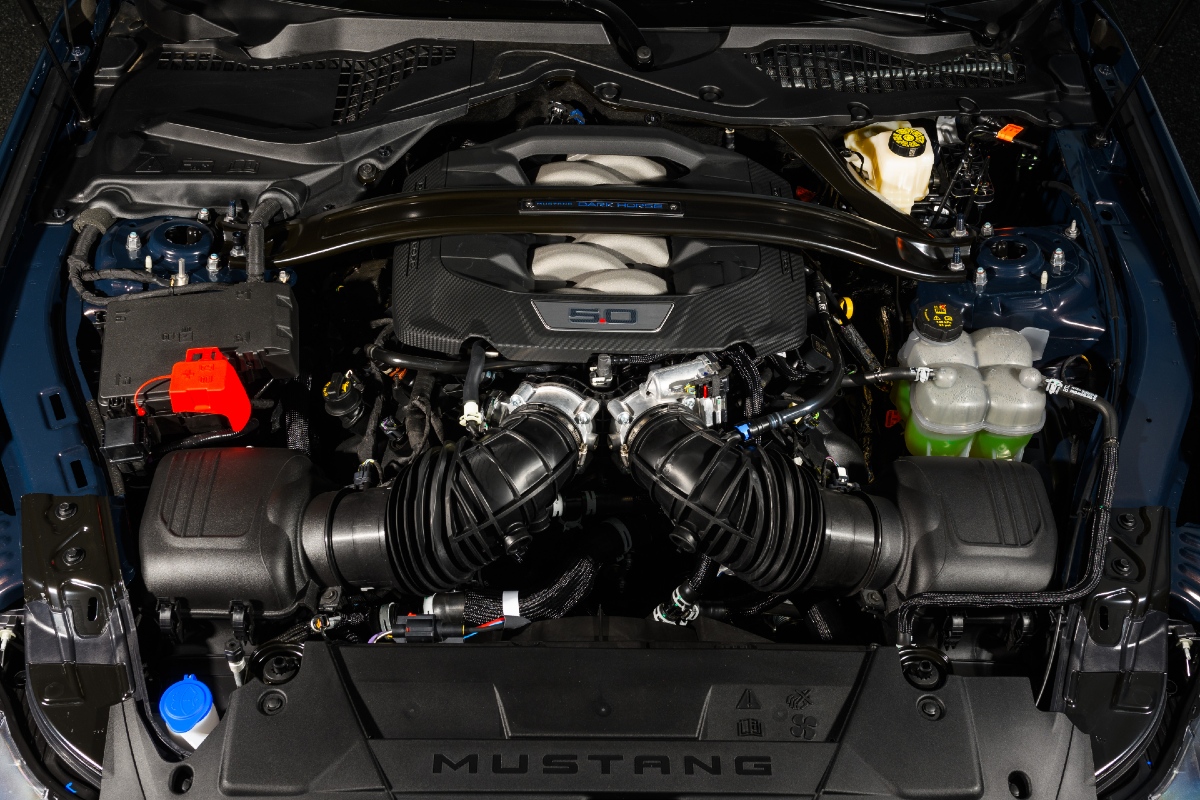Badge engineering is nothing new, with carmakers lending each other parts or even entire cars with little more than a couple of new logos to sell as their own.
This has been a relatively common practice in the car industry for decades, and collaboration between brands doesn’t show any signs of going away, especially after recent comments made by one Ford executive.
Comments from Ford vice chair John Lawler – first reported by Automotive News and republished by Ford Authority – suggest the Blue Oval brand is looking to move away from producing its own engines and transmissions in the future, instead outsource its powertrains from other manufacturers.
“I think powertrains – ICE [internal combustion engine] powertrains over time are going to need to consolidate, and they’re not going to be differentiated,” Lawler reportedly told attendees of the Bernstein Strategic Decisions Conference.

“I don’t think that consumers really think about powertrains the way they did 30 years ago, where it defined what a vehicle was.
“The horsepower, the displacement, the torque and everything about the vehicle, I think a lot of that is gone. And so does everybody need to develop the next four-cylinder and six-cylinder as that arc comes?”
Investing.com reported further comments from Lawler, which touched on electrified vehicles and sharing platforms between brands.
“When it comes to technologies from a standpoint of multi energy, so HEVS (hybrids), PEVS (plug-in hybrids), EREVS (range-extender electric vehicles), does everybody need to develop that or are there gonna be a few that have that where you’d partnership and you’d leverage their capacity?

“It could come down to where you have platforms, where a vehicle platform and then you’re just putting a top hat on somebody else’s platform because there’s scale opportunities. It could come down to as certain emerging players want to grow globally, that they don’t invest in their own manufacturing facilities and you share a platform in those facilities.
“So I think there’s going to be a lot of change that’s going to happen over time relative to how we think about how precious things are that we’ve felt were precious in the past. I think what it’s going to come down to is the brand and your relationship with your customers and then services and the experiences that you give them. Those are gonna be the differentiating elements going forward versus the hardware.
According to Ford Authority, the brand has agreements to continue producing its own eight- (8F) and 10-speed (10R) automatic transmissions until 2028, which also extends to the EcoBoost family of engines and the Mustang’s ‘Coyote’ V8.
It’s worth noting Ford isn’t a stranger to powertrain or platform sharing. The new Volkswagen Amarok is a reskinned Ford Ranger, while the VW Transporter is a Ford Transit Custom under the skin.
This has also occurred the opposite way, where Ford has reskinned Volkswagen’s ID.4 and ID.5 electric SUVs to become its own Explorer and Capri, respectively.
Looking back to Ford’s past, even in Australia, it’s been no stranger to badge engineering. Ford relied heavily on Mazda for a number of models through the 1980s and 1990s, including the Laser (323), Telstar (626) and Probe (MX-6). Even the Focus of the mid-2000s to early 2010s was based on the same platform as the Mazda 3.
Time will tell about whether we see more Fords with less Ford engines under the bonnet in the near future.














Discussion about this post